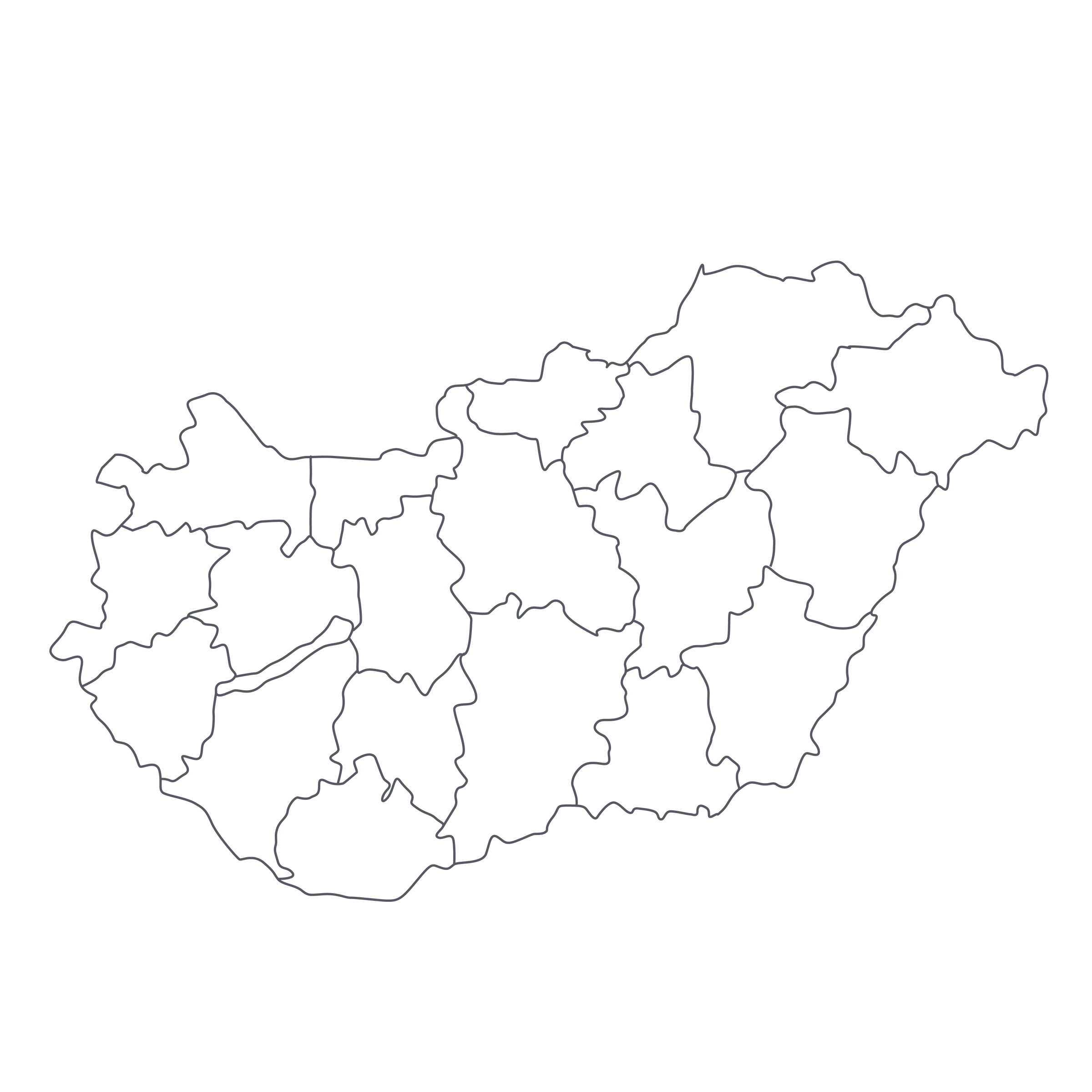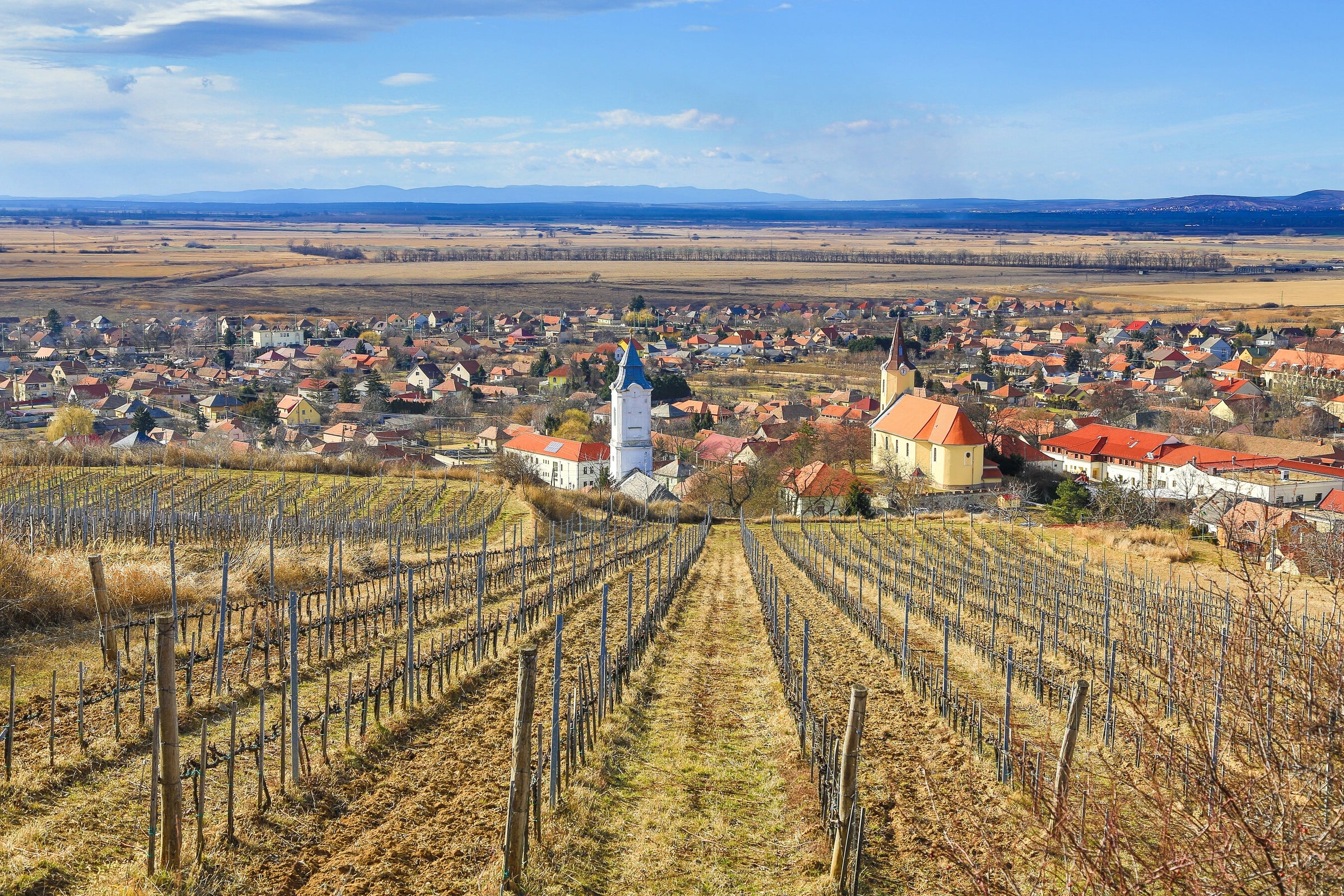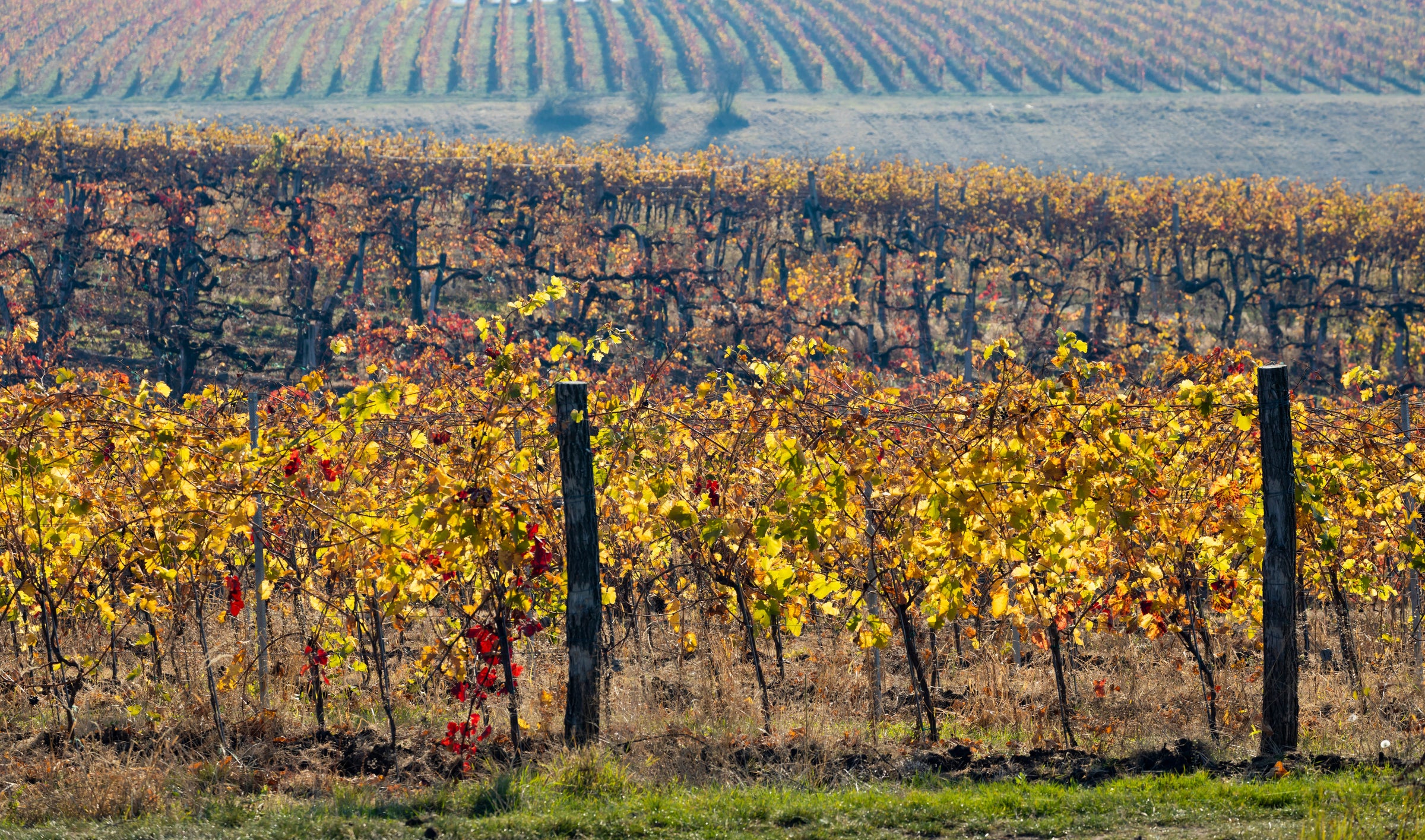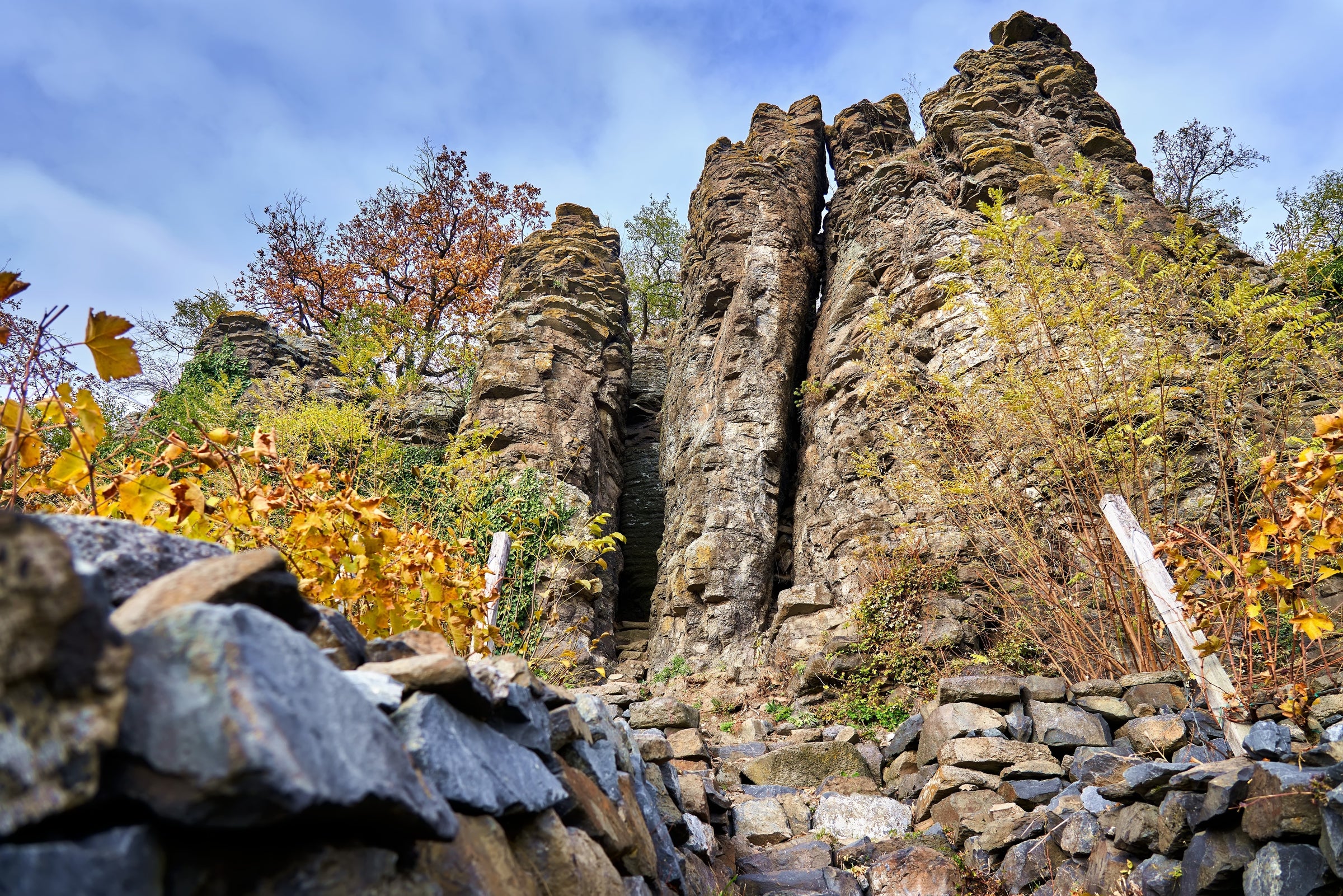This is one of the most exciting white wines I’ve tried in a long time, and I’ll confess I had to “go to the map” to confirm its place of origin. Had I tasted it blind, and been pressed for a guess, I might have gone with Alsace Grand Cru of serious distinction, or possibly a dry German Riesling from a Grosses Gewächs-designated site, but really, this was uncharted territory—genuinely thrilling uncharted territory. Comparisons are futile, and frankly unnecessary, because the wine stands proudly on its own.
So, are you ready for the reveal? This 2018 showstopper is from a small farmstead winery in the Badacsony region of Hungary, along the north shore of Lake Balaton. The grape variety is the local Kéknyelű, grown in mineral-laden basalt rock and crafted by a dynamo named Péter Váli, whose VáliBor winery rocketed to the top of my must-have list in the course of a single glass. This wine’s combination of texture and tension—of richly saturated fruit, minerality, and invigorating acidity—is second to none. Only about 40 hectares of Kéknyelű exist in the world, and this one comes to us from an importer who specializes in wines from this part of the world, places whose wine cultures have re-emerged in glorious fashion after long periods of stagnation under Communism. Let’s just say a sleeping giant has been awakened: This wine must not be missed!
Having said all that, I should note that this isn’t our first visit to the Lake Balaton region, which is southwest of Budapest, not far from the Austrian border. We’ve offered some superb whites from the nearby slopes of Somló (likened by many experts to Burgundy’s famed hill of Corton), yet while the soils of Somló are basalt-rich, like those of Badacsony, the assortment of local grape varieties is different: It’s saying something about Kéknyelű that Hungarian varieties such as Juhfark and Hárslevelű are more familiar.
And, as is so often the case, learning about this wine’s maker only deepened our appreciation for it: Péter Váli is a one-man-band who farms his vines organically, with 4.5 of his nine total hectares immediately surrounding his family home. As a teenager in the 1980s (when Hungary was still under Communist rule), Péter attended culinary school and dreamed of becoming of chef, which he eventually became, if unofficially: The meals he prepares for visitors, all cooked over open flame, are apparently the stuff of legend (regrettably, I have yet to have firsthand experience). He founded his VáliBor label in 2000, working out of a tiny cellar in the village of Badacsonyörs and sourcing fruit from mostly south-facing, gently sloping vineyards of about 150 meters’ elevation.
Like his farming, Váli’s winemaking is resolutely traditional and natural. He ferments his Kéknyelű slowly, using only ambient yeasts, in a combination of steel tanks and used Hungarian oak barrels. He typically leaves the wine in contact with skins for a day or two, extracting some golden color and adding a little grip, but this is in no way an “orange” wine. In the glass, it’s a deep yellow-gold extending to a straw/silver rim, with perfumed aromas of ripe white peach, poached quince, a hint of tropical fruit, yellow flowers, and flint. In 2018 a small percentage of the grapes were affected with botrytis bunch rot, lending a hint of smokiness, but it’s important to note that this is a bone-dry white that nevertheless has wonderfully saturated fruit, lending some unctuousness to the texture (think Alsace Grand Cru). Pull the cork about 15 minutes before serving it at 45-50 degrees in all-purpose stems, cook up a generous pot of chicken paprikash, and prepare to repeat the experience ad infinitum. There’s no way you can stop at just one bottle, I guarantee you that! Cheers!





